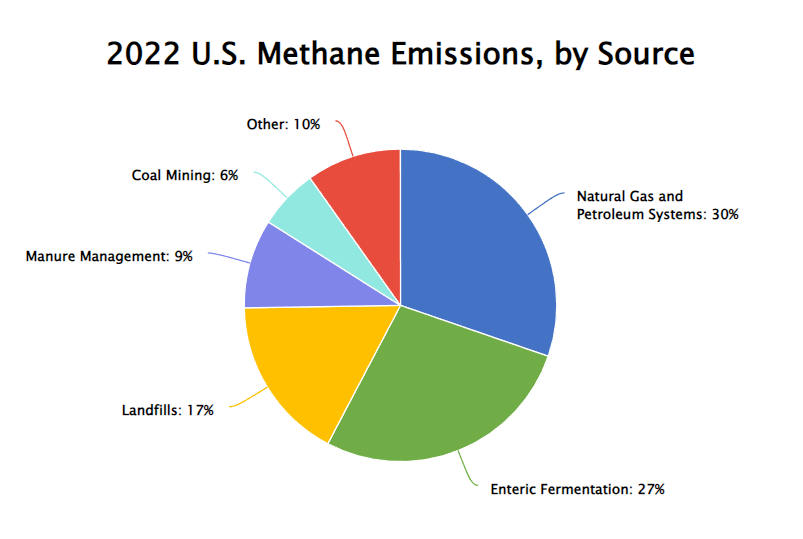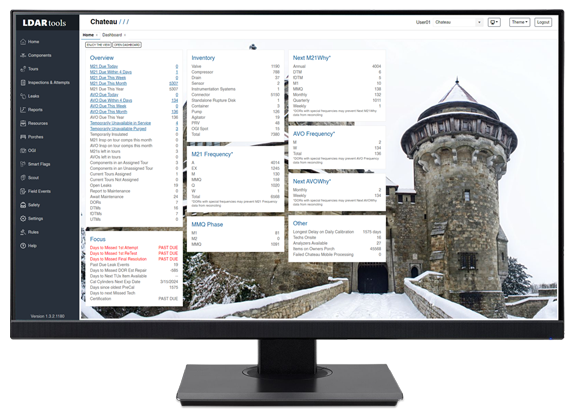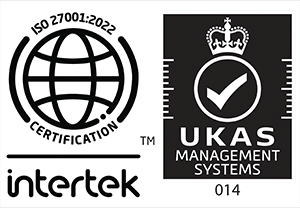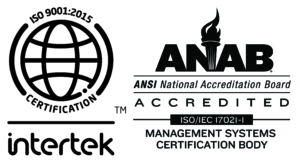Methane Emission Reductions
Methane emission reduction is crucial for ensuring environmental compliance due to methane’s potent greenhouse effect. Methane is over 25 times more effective at trapping heat in the atmosphere than carbon dioxide over a 100-year period. Reducing methane emissions can have a significant immediate impact on long-term carbon dioxide reduction efforts. Additionally, methane is a key component of natural gas, and its leakage represents both an environmental hazard and a waste of a valuable energy resource. Therefore, addressing methane emissions not only benefits the climate, but also improves energy efficiency and economic sustainability.
The phx42 Flame Ionization Detector (FID) analyzer, also commonly known as Toxic Vapor Analyzer or TVA*, is an essential tool in calculating methane emissions. The phx42 detects methane and other hydrocarbons based on their ability to ionize in the presence of a flame. When a sample of air containing methane passes through the flame, it produces ions that create an electrical current proportional to the concentration of methane. This high sensitivity allows for accurate and real-time monitoring of methane levels, enabling rapid detection of leaks and ensuring emission reduction measures are effectively implemented.
Furthermore, our Chateau LDAR database software serves a complementary role by managing and analyzing data for reporting methane emissions. Chateau helps in tracking the location, size, and frequency of methane leaks by compiling data from various sources, including samples taken by the phx42. This centralized database enables companies and regulators to identify patterns, prioritize repairs, and evaluate the effectiveness of emission reduction strategies. By providing actionable insights and streamlining the leak repair process, Chateau supports more efficient and systematic method of reporting methane emissions.
Together, the phx42 and Chateau create a robust framework for calculating methane emissions via real-time detection and analysis, ensuring emissions are systematically addressed to achieve more comprehensive and sustained reductions.
Incorporating these technologies into environmental management practices reflects a commitment to both regulatory compliance and environmental management. As methane continues to be a critical target for emission reduction efforts, the deployment of advanced detection and management tools like the phx42 and Chateau represents a significant step forward. By leveraging these technologies, industries can contribute to a more sustainable future while enhancing operational efficiency and reducing environmental impact.
See the EPA’s Methane Emissions Reduction Program for more information on reducing methane emissions in the U.S.
*This is a misnomer, but also a term the industry has accepted to describe portable FIDs.
E.U. Methane Emission Reduction Regulations
The European Union’s new regulations for reducing methane emissions underscore the importance of the phx42, Chateau, and LDAR overall. The E.U. has set ambitious targets to cut methane emissions from various sectors, including agriculture, waste management, and the energy industry. As part of this regulatory framework, the use of advanced detection and management tools like the phx42 and Chateau is becoming increasingly critical. What we provide here at LDARtools supports compliance with the E.U.’s stringent emission reduction goals by providing the means for accurate measurement, timely detection, and efficient management of methane leaks.
Implementing these tools in accordance with E.U. regulations not only helps in meeting legal requirements but also aligns with broader environmental and economic objectives. By reducing methane emissions, industries can contribute to a healthier environment and benefit from improved operational efficiency. As the E.U. pushes forward with its methane reduction agenda, the adoption of the phx42 and Chateau will be essential in achieving regulatory compliance.






